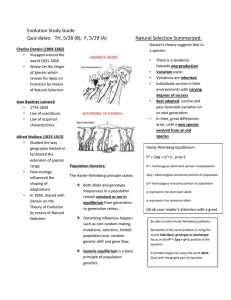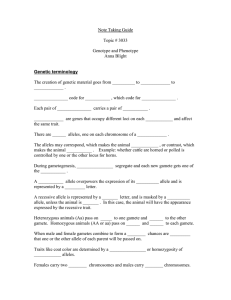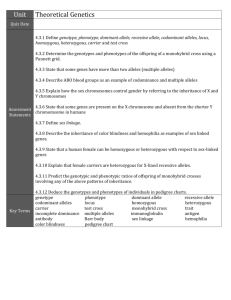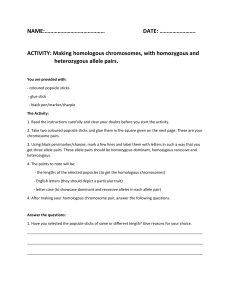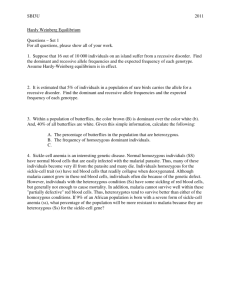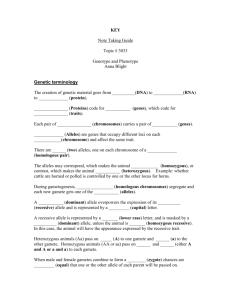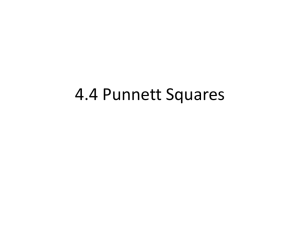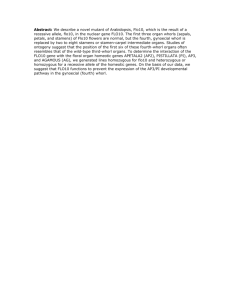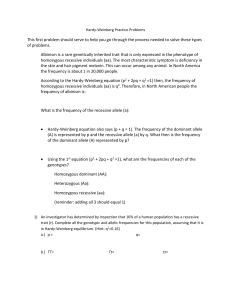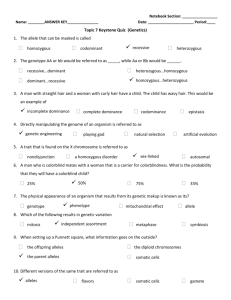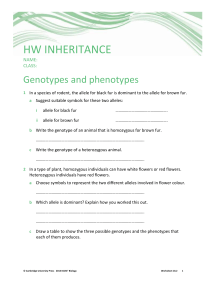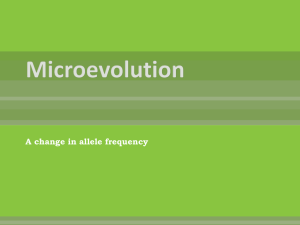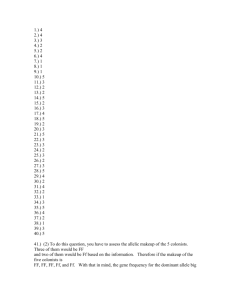Evolution Assignment
advertisement
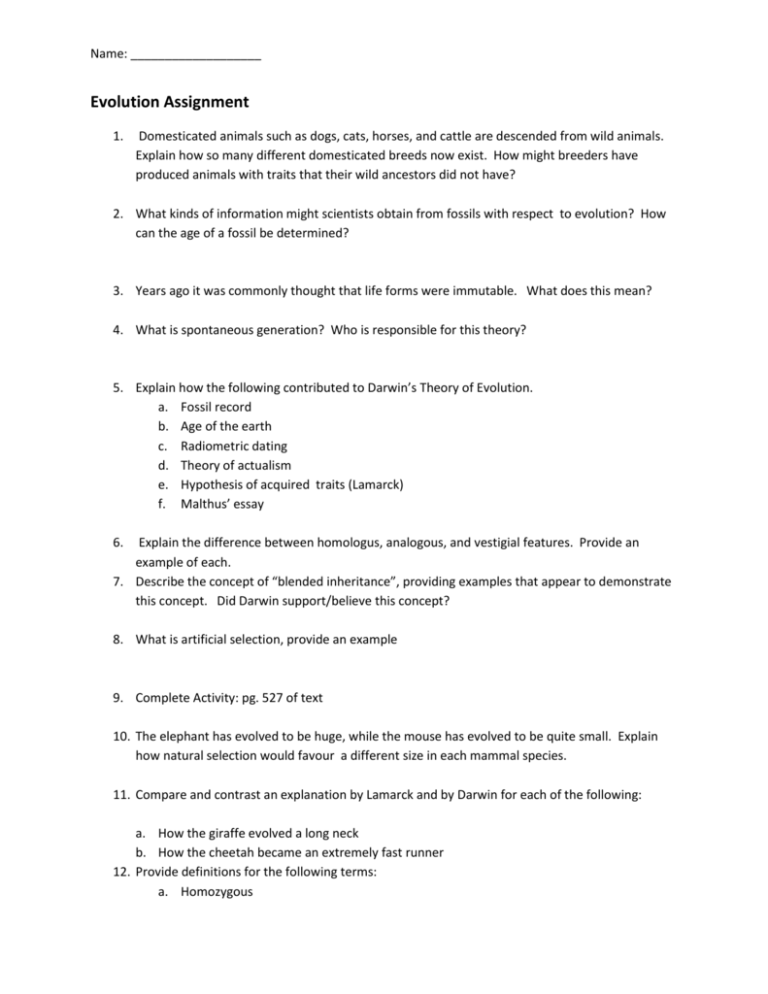
Name: ___________________ Evolution Assignment 1. Domesticated animals such as dogs, cats, horses, and cattle are descended from wild animals. Explain how so many different domesticated breeds now exist. How might breeders have produced animals with traits that their wild ancestors did not have? 2. What kinds of information might scientists obtain from fossils with respect to evolution? How can the age of a fossil be determined? 3. Years ago it was commonly thought that life forms were immutable. What does this mean? 4. What is spontaneous generation? Who is responsible for this theory? 5. Explain how the following contributed to Darwin’s Theory of Evolution. a. Fossil record b. Age of the earth c. Radiometric dating d. Theory of actualism e. Hypothesis of acquired traits (Lamarck) f. Malthus’ essay 6. Explain the difference between homologus, analogous, and vestigial features. Provide an example of each. 7. Describe the concept of “blended inheritance”, providing examples that appear to demonstrate this concept. Did Darwin support/believe this concept? 8. What is artificial selection, provide an example 9. Complete Activity: pg. 527 of text 10. The elephant has evolved to be huge, while the mouse has evolved to be quite small. Explain how natural selection would favour a different size in each mammal species. 11. Compare and contrast an explanation by Lamarck and by Darwin for each of the following: a. How the giraffe evolved a long neck b. How the cheetah became an extremely fast runner 12. Provide definitions for the following terms: a. Homozygous Name: ___________________ b. c. d. e. Heterozygous Genome Genotype Phenotype 13. See pg. 546: Complete Applying Inquiry Skills #5. 14. How is the Hardy-Weinberg Principle relevant to evolution? See Sample Problem on Page 549 before completing the following. 15. A large population consists of 400 individuals, of which 289 are homozygous dominant, 102 are heterozygous, and 9 are homozygous recessive. Determine the allele frequencies of M and m. 16. The gene pool of a large population of fruit flies contains only two eye-colour alleles: the dominant red allele, W, and the recessive white allele, w. Only 1% of the population has white eyes. Determine the allele and genotype frequencies of this population. 17. What are two mechanism of genetic drift. Explain them. 18. What is meant by the term ‘Founder Effect’? 19. Provide examples of three different types of mutations. 20. Relate two ways in which alleles can become fixed in a population. 21. Compare the following types of selection: Stabilizing, directional, disruptive, and sexual. Provide examples for each. 22. See the Case Study on pg. 561: complete related questions on pg. 562. 23. Explain the analogy of the Blind Watchmaker. 24. What is the definition of a species? 25. Compare sympatric and allopatric speciation. 26. Have a look at the Darwinian Challenge on pg. 567. We will complete this in groups.




